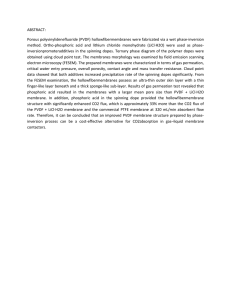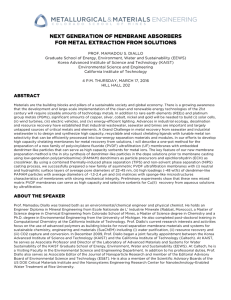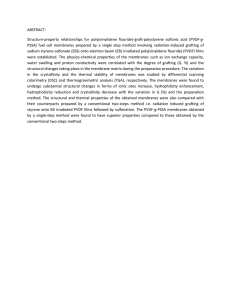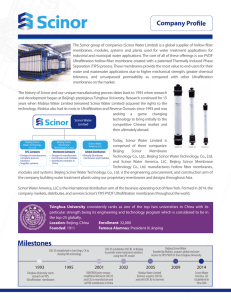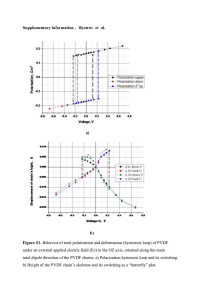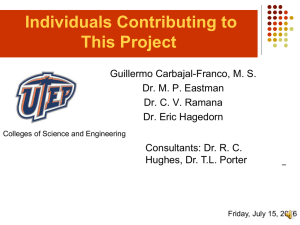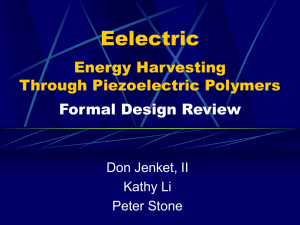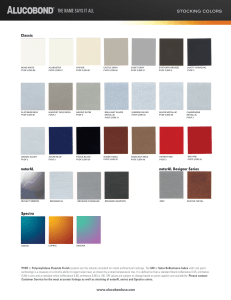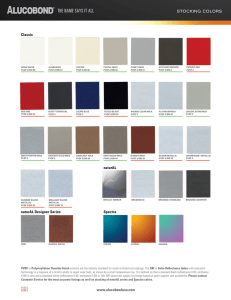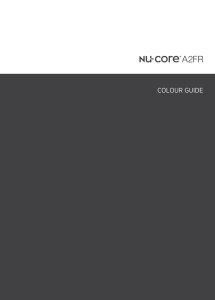ABSTRACT: The aim of this study was to investigate the effect...
advertisement
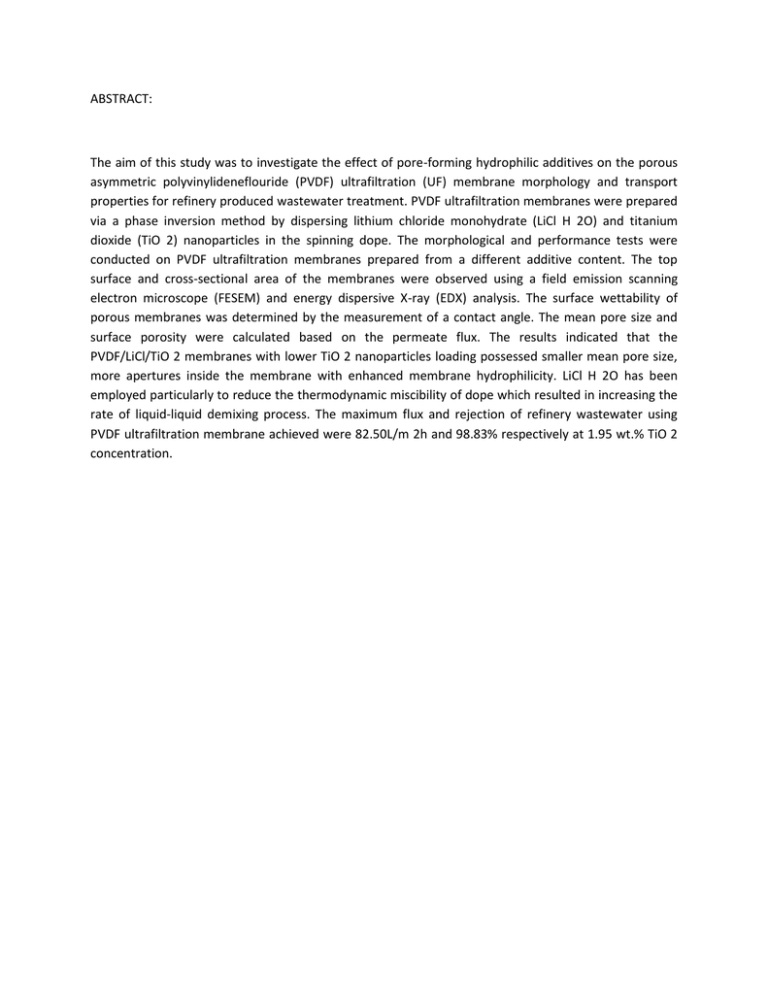
ABSTRACT: The aim of this study was to investigate the effect of pore-forming hydrophilic additives on the porous asymmetric polyvinylideneflouride (PVDF) ultrafiltration (UF) membrane morphology and transport properties for refinery produced wastewater treatment. PVDF ultrafiltration membranes were prepared via a phase inversion method by dispersing lithium chloride monohydrate (LiCl H 2O) and titanium dioxide (TiO 2) nanoparticles in the spinning dope. The morphological and performance tests were conducted on PVDF ultrafiltration membranes prepared from a different additive content. The top surface and cross-sectional area of the membranes were observed using a field emission scanning electron microscope (FESEM) and energy dispersive X-ray (EDX) analysis. The surface wettability of porous membranes was determined by the measurement of a contact angle. The mean pore size and surface porosity were calculated based on the permeate flux. The results indicated that the PVDF/LiCl/TiO 2 membranes with lower TiO 2 nanoparticles loading possessed smaller mean pore size, more apertures inside the membrane with enhanced membrane hydrophilicity. LiCl H 2O has been employed particularly to reduce the thermodynamic miscibility of dope which resulted in increasing the rate of liquid-liquid demixing process. The maximum flux and rejection of refinery wastewater using PVDF ultrafiltration membrane achieved were 82.50L/m 2h and 98.83% respectively at 1.95 wt.% TiO 2 concentration.

